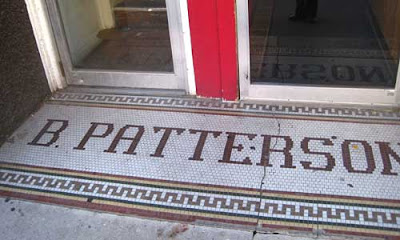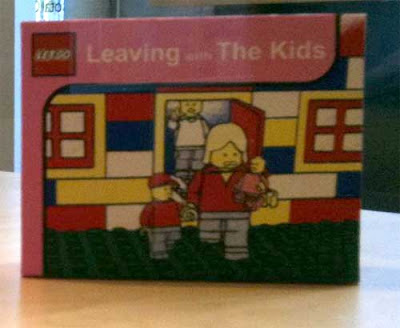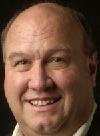
I just got back from the Rally to Restore Sanity (and/or Fear). With apologies to Stephen Colbert, I'm much more a supporter of the sanity side. I love satire, but can't sustain it to its Swiftian ends. It hurts too much.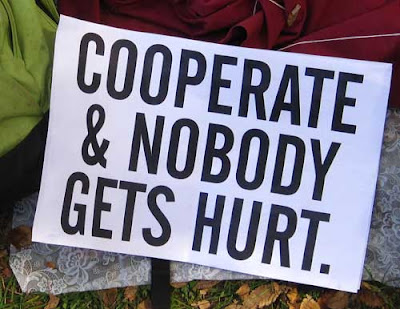
This is my sign. I think it wasn't too clever, since hardly anyone took my picture, but I liked it. (This line was borrowed from a Linden Hills Co-op T-shirt.)
My general thoughts on the event are that it was very well-written and super-organized. I was close to tears several times (yah, I'm a big baby [boomer] that way... Yusuf/Cat Stevens' appearance really got me, as did John Stewart's closing speech).
If there had been only 150,000 people attending, it would have been perfect, but there were at least 215,000 in the immediate vicinity (counted by the same guy who counted the Glenn Beck and inauguration crowds), and it doesn't seem as though the organizers, the Park Police or the city of Washington thought that many would show up.
Keep in mind, that number doesn't include the many, many people who never got down to the Mall at all. My unscientific guess -- based on the people I talked to while walking around in the hours afterward or whom I personally know were there and tried to attend -- is that there was at least a 1:1 ratio between people in the immediate vicinity and those who were in the surrounding area but never made it near the grass to be counted. Students who came by bus from St. Louis who arrived at 2:15 and couldn't get close, folks who never left the Gallery Place metro stop, friends from Philadelphia who watched on a T.V. in a sports bar five or six blocks away. It was pandemonium in D.C.
If you've got three hours to spend, I recommend watching the show online. Even the music is generally worth listening too, including Kid Rock, believe it or not.
These photos are primarily from just one area of the mall, about one-eighth of the official, permitted area. A few were taken after leaving the rally, walking toward Capitol Hill.
Joshua Green from the Atlantic seems to think the crowd was mostly 20-30-something hipsters, but I'd say the crowd near me was at least 30 percent over 40, with many over 50. What I saw the fewest of were teenagers and preteens.
This woman had on a name tag saying she's 88 years old.
The percentage of clever signs was damn high. (Mark Twain says to substitute the word "damn" every time you're inclined to use the word "very.") Many of them were about Christine O'Donnell or tea partiers, but I have declined to show those because they get a bit repetitive.
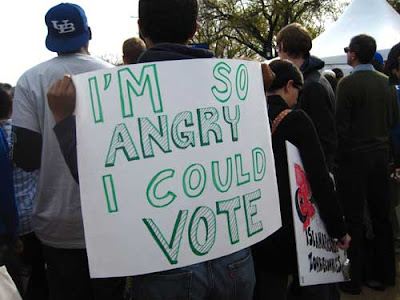


A couple of other signs I saw but couldn't get a picture of said:
- Dare to be diffident
- You either support false dichotomies or you're against us
- If we don't have something nice to say, why do we keep saying it?




I loved looking across the crowd on the Jumbotron shots and seeing all different types of signs, rather than a sea of identical, printed placards, as we see too often at conventions or rallies. Even when it's a cause I agree with, it's distressing to see sincere sentiment appear to be manufactured.
Some were quotes from the past:


A few signs were subtle, and a number verged on DaDaism.


Some folks wore preprinted shirts or other garb. While these weren't original creations, I hadn't seen them before:



There were a number of signs specifically aimed at Fox News:


Plus the one I saw but couldn't shoot, which said "More Sanity, Less Hannity."
And finally, a sign that wasn't trying to be clever, but that expressed one of the things I most hoped to help amplify by being part of the rally:





